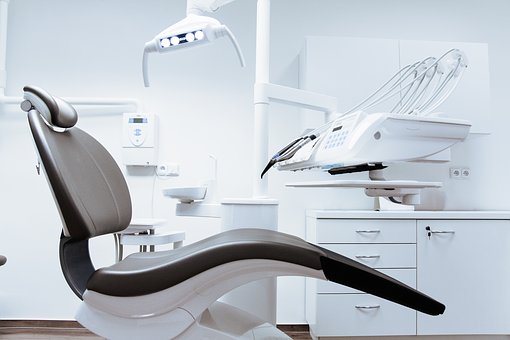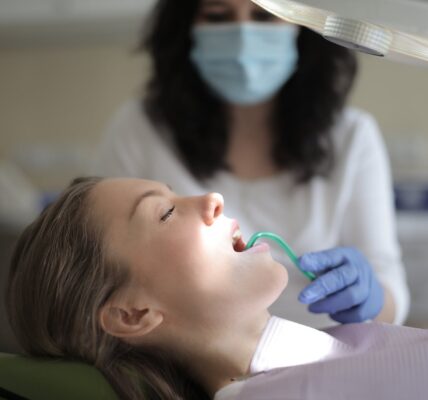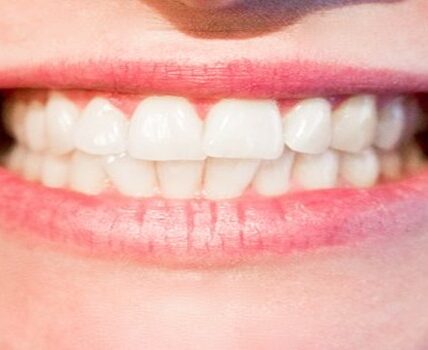Periodontal disease, often referred to as gum disease, is a common yet serious condition affecting the tissues that support teeth. It starts with gingivitis, an inflammation of the gums, and can progress to periodontitis, which can result in tooth loss and has been linked to systemic health issues. Fortunately, recent advancements in periodontal treatments have introduced innovative strategies that not only enhance patient outcomes but also address the underlying causes of the disease. This article explores some of these innovative treatments for periodontal disease.
Understanding Periodontal Disease
Before diving into the treatments, it’s essential to understand what periodontal disease entails. It results from the accumulation of plaque, a sticky film of bacteria that forms on teeth. If not removed through proper oral hygiene, plaque can harden into tartar, leading to inflammation of the gums. Symptoms may include swollen gums, bleeding during brushing, and bad breath. If left untreated, the disease can progress to deeper tissues, affecting the bone that supports teeth.
Traditional Treatments vs. Innovative Approaches
Traditionally, treatments for periodontal disease have included scaling and root planing (SRP), surgical interventions, and antibiotics. While these methods can be effective, they often require invasive procedures and may not address the disease’s root causes. Innovative treatments aim to provide less invasive, more effective solutions.
1. Laser Therapy
One of the most significant advancements in periodontal treatment is laser therapy. This technique utilizes focused light beams to target and remove infected tissue without damaging surrounding healthy tissue. Laser-assisted new attachment procedure (LANAP) is a specific protocol that allows for precise treatment of periodontal pockets while promoting healing. Studies have shown that laser therapy can result in less discomfort, reduced bleeding, and faster recovery times compared to traditional surgical methods.
2. Regenerative Treatments
Regenerative treatments are designed to restore lost periodontal tissue and bone. Techniques such as guided tissue regeneration (GTR) and the use of bone grafts are increasingly common. GTR involves placing a barrier membrane between the gum tissue and the tooth root, encouraging the growth of new bone and tissue. Bone grafts, which can be derived from the patient’s own body or from synthetic sources, help replace lost bone and support the teeth. These approaches not only treat existing periodontal disease but also promote long-term health by rebuilding supportive structures.
3. Antimicrobial Therapy
Antimicrobial therapy has gained popularity as an adjunct to traditional periodontal treatments. Local delivery systems, such as gels or microspheres, can be applied directly to periodontal pockets to deliver antibiotics precisely where they are needed. This targeted approach minimizes systemic side effects and enhances the effectiveness of treatment. Research has shown that antimicrobial therapy can significantly reduce bacteria levels and promote healing in patients with periodontal disease.
4. Host Modulation Therapy
Another innovative approach is host modulation therapy, which aims to enhance the body’s response to periodontal disease. This therapy involves the use of medications that modify the host’s inflammatory response to bacterial infections. For example, low-dose doxycycline, an antibiotic, can inhibit enzymes that contribute to tissue destruction, thereby slowing disease progression. This approach is particularly beneficial for patients with a high risk of periodontal disease recurrence.
5. Nutritional Interventions
Emerging research suggests that nutritional interventions can play a crucial role in periodontal health. Nutrients such as omega-3 fatty acids, antioxidants, and vitamins C and D have been associated with improved gum health. Some dental professionals are now recommending dietary changes and supplements as part of a comprehensive periodontal treatment plan. This integrative approach not only addresses oral health but also supports overall well-being.
6. The Role of Technology
Technological advancements have transformed the way periodontal disease is diagnosed and treated. Cone-beam computed tomography (CBCT) provides detailed 3D images of the jaw and teeth, allowing for precise diagnosis and treatment planning. Additionally, digital imaging and intraoral cameras enhance visualization during procedures, improving accuracy and patient outcomes.
7. Patient Education and Self-Care
Innovative treatments also emphasize the importance of patient education and self-care. Empowering patients with knowledge about periodontal disease and its risk factors can lead to better prevention and management. Dental professionals are increasingly using digital platforms and apps to provide patients with personalized care plans, reminders for dental visits, and educational resources on maintaining oral hygiene.
Conclusion
Innovative treatments for periodontal disease represent a significant advancement in dental care, offering patients less invasive options with improved outcomes. From laser therapy and regenerative treatments to host modulation therapy and nutritional interventions, these approaches aim to address the root causes of periodontal disease while promoting overall health. As research continues to evolve, it is essential for dental professionals and patients to stay informed about these advancements and prioritize periodontal health. By integrating innovative treatments with preventive care and patient education, we can effectively combat periodontal disease and enhance the quality of life for those affected.





